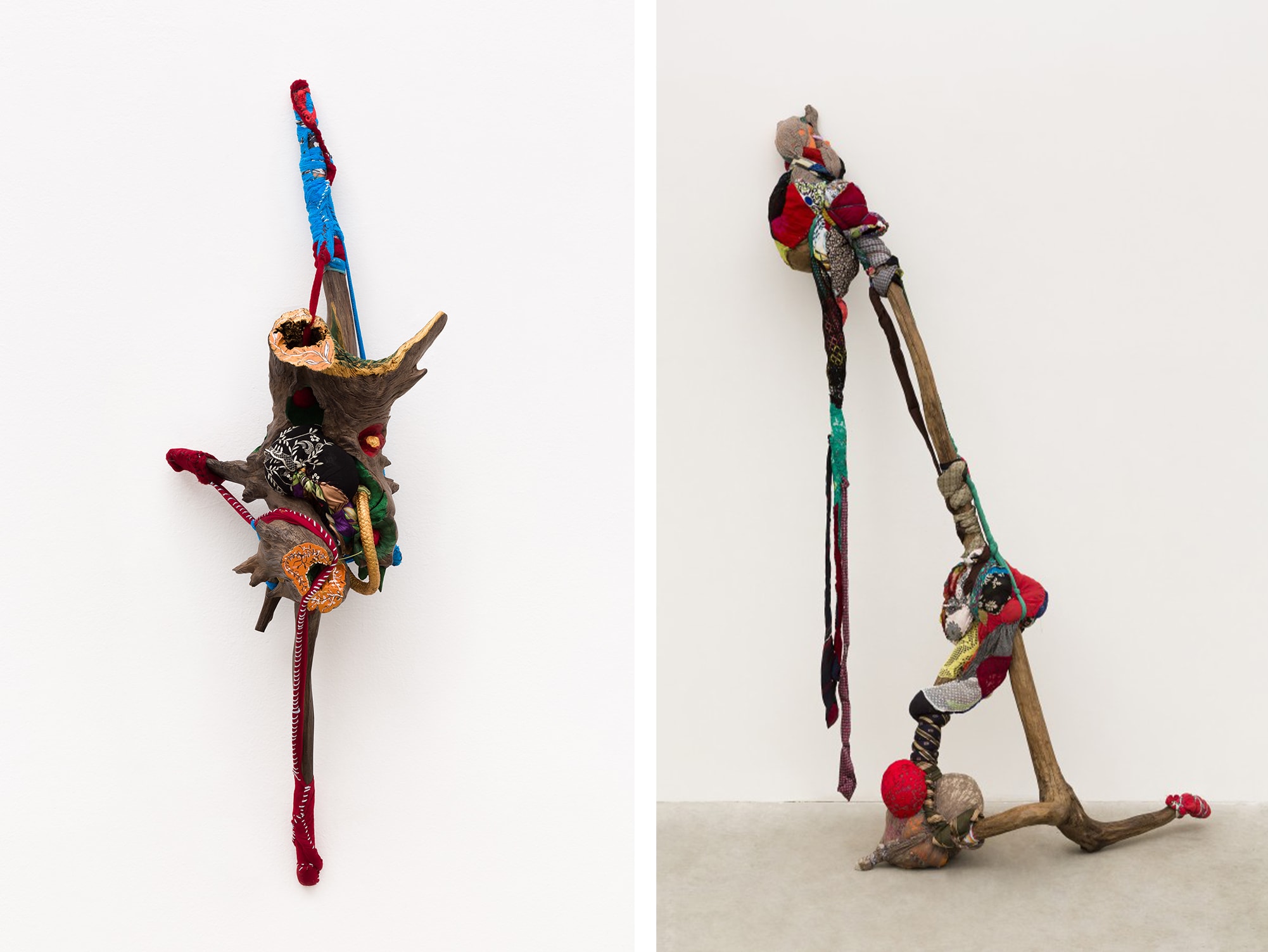Meet the Brazilian art collector championing some of Latin America’s most radical voices
‘Art should be a place for social change,’ says Clarice Oliveira Tavares
Log in and subscribe to receive Art Basel Stories directly in your inbox.


Log in and subscribe to receive Art Basel Stories directly in your inbox.

